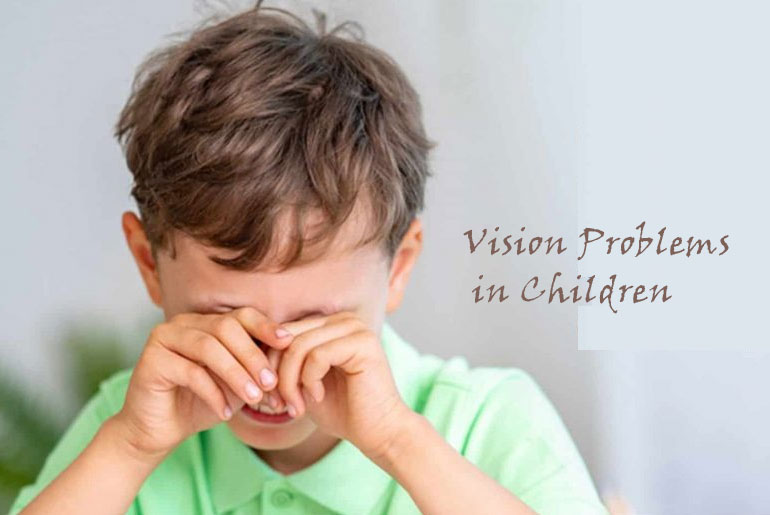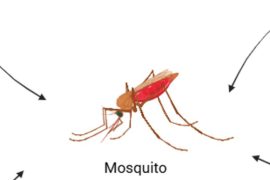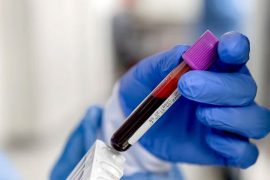Pediatric eye care is essential for maintaining and ensuring the health of children’s eyes. Since vision is integral to a child’s overall development, any issues with eye health can significantly impact their ability to grow, socialize, and learn. Vision is crucial because approximately 80% of what children learn is processed visually, highlighting the importance of clear and healthy vision for effective learning and development.
Early detection and treatment of eye problems are key to preventing long-term visual impairments. Addressing eye issues promptly can help avoid complications and support a child’s optimal development. Regular eye exams and appropriate interventions can ensure that children have the best possible visual acuity, which is fundamental for their cognitive, social, and emotional growth. By prioritizing pediatric eye care, we can help children achieve their full potential and lead healthy, fulfilling lives.
Common Vision Problems in Children
- Refractive Errors:
- Nearsightedness (Myopia): This condition causes difficulty in seeing distant objects clearly. It occurs when the eye’s shape prevents light from focusing correctly on the retina.
- Farsightedness (Hyperopia): This problem leads to difficulty focusing on close objects. It arises when light is focused behind the retina.
- Astigmatism: This condition results in blurred vision at all distances due to an irregular shape of the cornea or lens, which disrupts the light entering the eye.
- Amblyopia (Lazy Eye): This condition occurs when one eye develops stronger vision than the other, often due to underlying issues such as refractive errors, strabismus (misalignment of the eyes), or cataracts. If untreated, the brain may ignore the weaker eye, leading to poor vision development in that eye.
- Strabismus (Crossed Eyes): Strabismus is characterized by the misalignment of the eyes. One eye may turn inwards, outwards, upwards, or downwards, which can lead to double vision or problems with depth perception.
- Congenital Cataracts: These are clouded lenses present at birth that can obstruct normal visual development. Treatment usually involves surgery to remove the cataract, followed by the use of corrective lenses or contacts to restore vision.
Eye Care Tips to Combat Vision Problems
- Regular Eye Examinations: Pediatric eye exams should start as early as six months of age. Follow-up exams are recommended at three years old and before starting school. Early and regular eye check-ups are crucial for detecting and addressing vision problems promptly.
- Monitor for Symptoms: Parents should observe for signs of vision issues such as squinting, frequent eye rubbing, tilting the head to see better, or difficulties with reading and other close-up tasks. Any of these concerns should prompt a visit to an eye care professional for further evaluation.
- Encourage Visual Activities: Engage children in activities that enhance hand-eye coordination and visual development, such as puzzles, building blocks, and drawing. Limiting screen time and promoting outdoor play can also contribute to better visual health.
- Protect Eyes from Injury: Use appropriate eye protection during sports and other potentially hazardous activities to prevent injuries that could affect vision.
- Promote a Healthy Lifestyle: A balanced diet rich in fruits, vegetables, and omega-3 fatty acids supports overall eye health. Additionally, regular physical activity and adequate sleep are important for maintaining healthy vision and overall well-being.
Disclaimer:
The information contained in this article is for educational and informational purposes only and is not intended as a health advice. We would ask you to consult a qualified professional or medical expert to gain additional knowledge before you choose to consume any product or perform any exercise.







